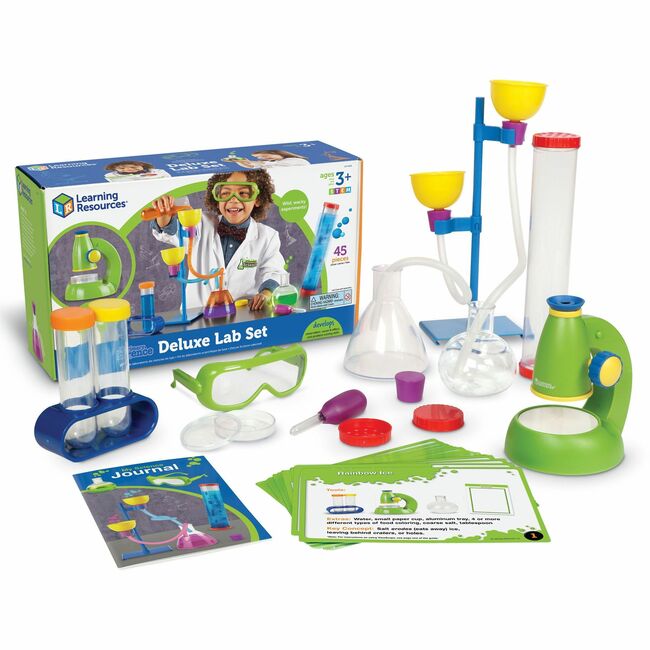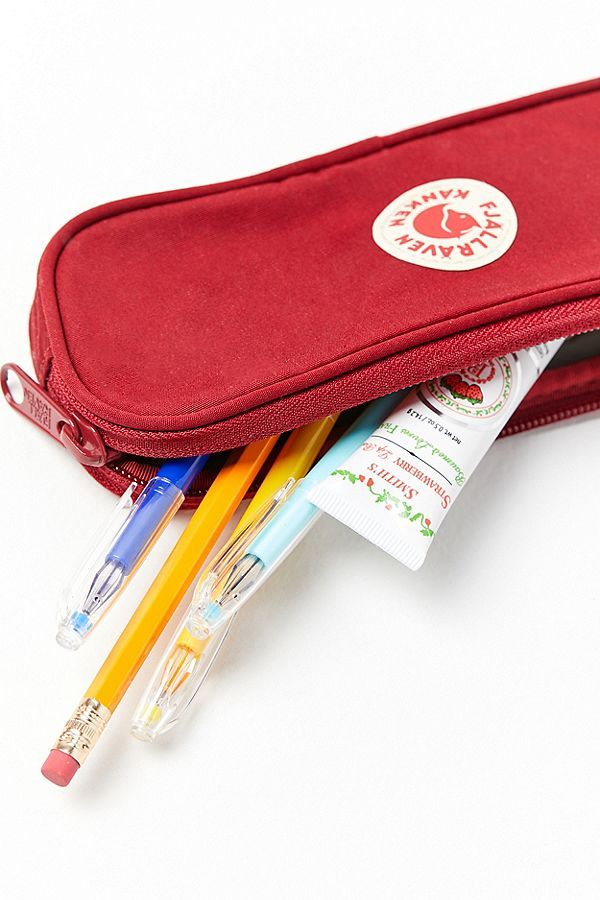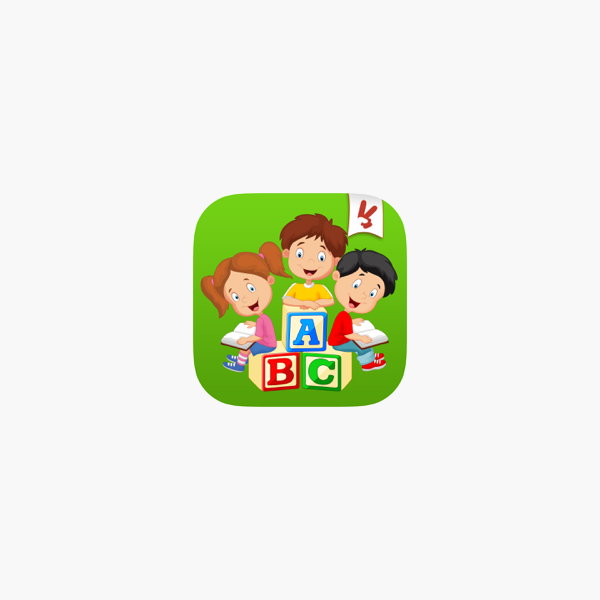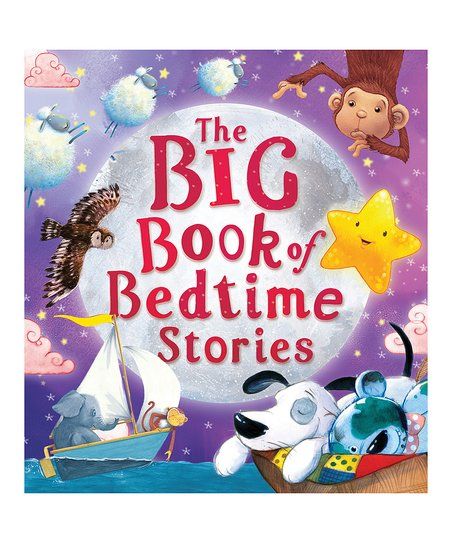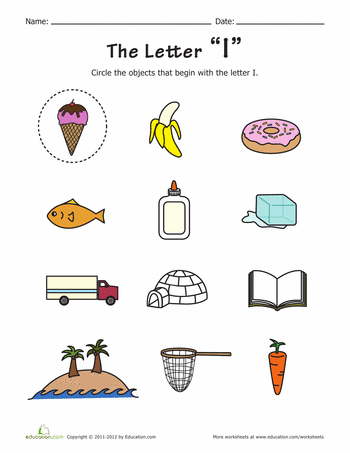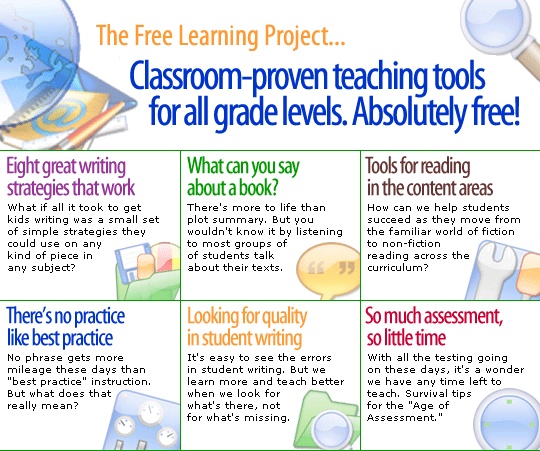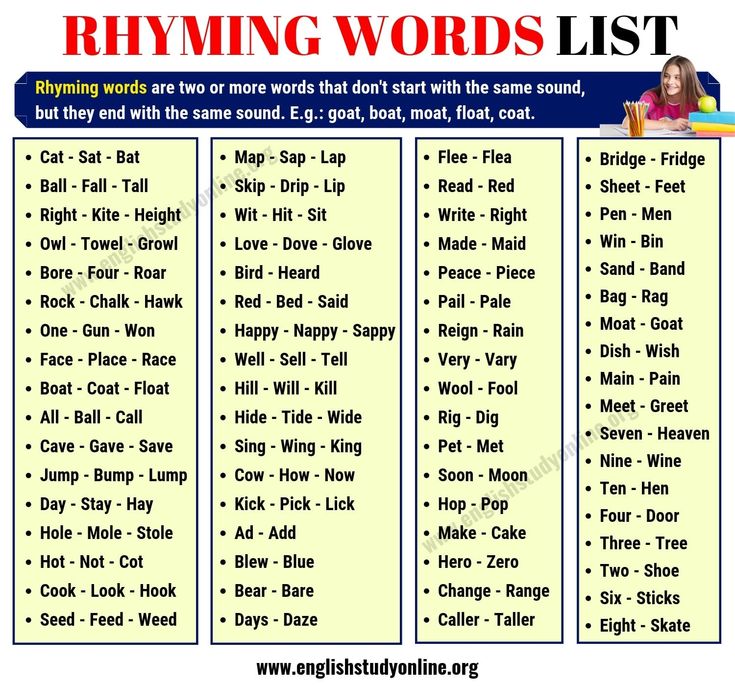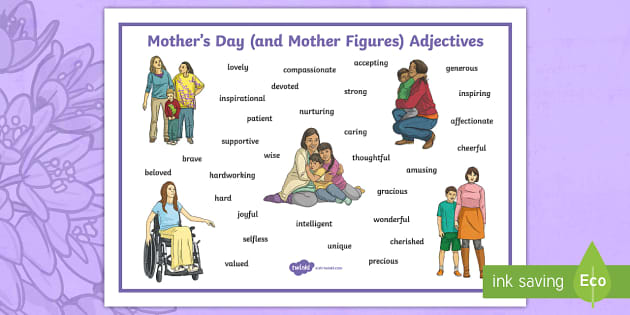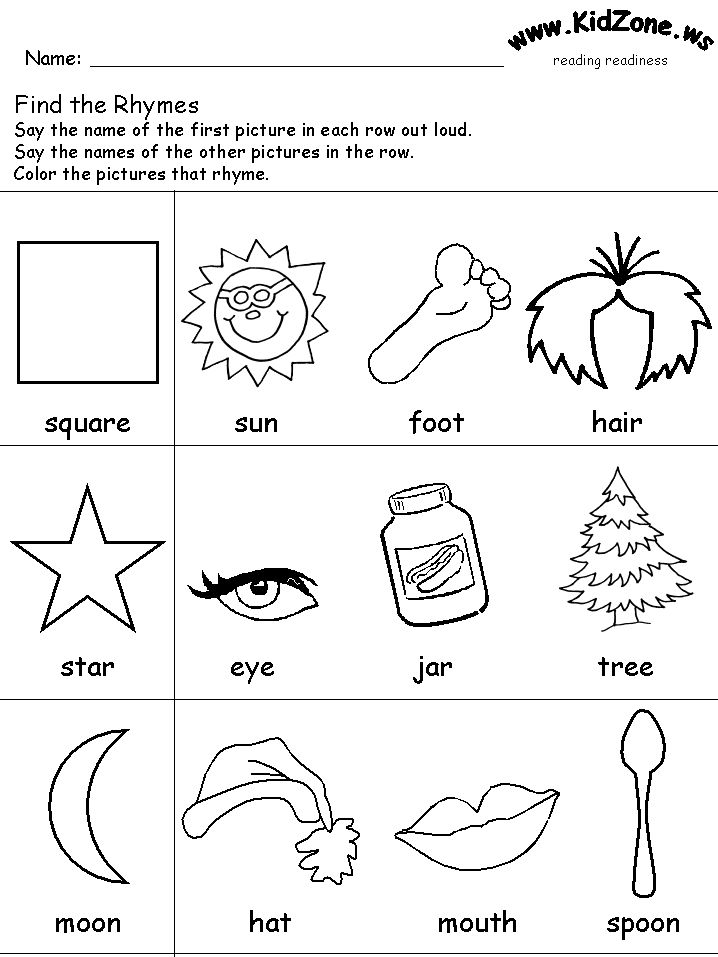When should i teach my child to read
10 Steps for teaching children to read
Learning to read is one of the most important things a child will do in his or her life. That’s because we live in a society in which literacy skills are the key to success. When reading ability doesn’t develop overnight, some parents and educators worry they are on the wrong path to instruction.
But choosing the “right” books and the “best” way to teach reading depends on every child. No two individuals will master reading at the same time or pace, and patience and persistence is a must, particularly for kids who struggle with learning difficulties or differences.
Teaching a child to read begins at birth with the reinforcement of pre-literacy skills. Nonetheless, most kids will officially learn to read between the ages of 5 and 7.
One of the most common ways to teach reading is via the sounding out method in which kids are encouraged to read aloud, pronouncing each letter or group of letters until they recognize the word by sound.
At the same time, educators will teach sight words, or common vocabulary that children can memorize in order to reduce the cognitive burden of decoding sentences. The theory is the less words children need to sound out, the more attention they have to process a greater number of terms and understand vocabulary they have never encountered before.
As kids become strong readers, they do less and less reading out loud and recognize more and more vocabulary by sight. This makes them faster. They can also do more when it comes to interacting with the books they are reading, including following more complicated narratives, understanding specific details, gist and making inferences and predictions.
They grow their vocabulary because reading introduces them to new words they can understand from context. Moreover, reading impacts on writing ability. Kids develop familiarity with more complex sentence structures and begin to use and adapt them to express themselves. This is a crucial skill that will serve them in all areas of the curriculum, from English class to social studies.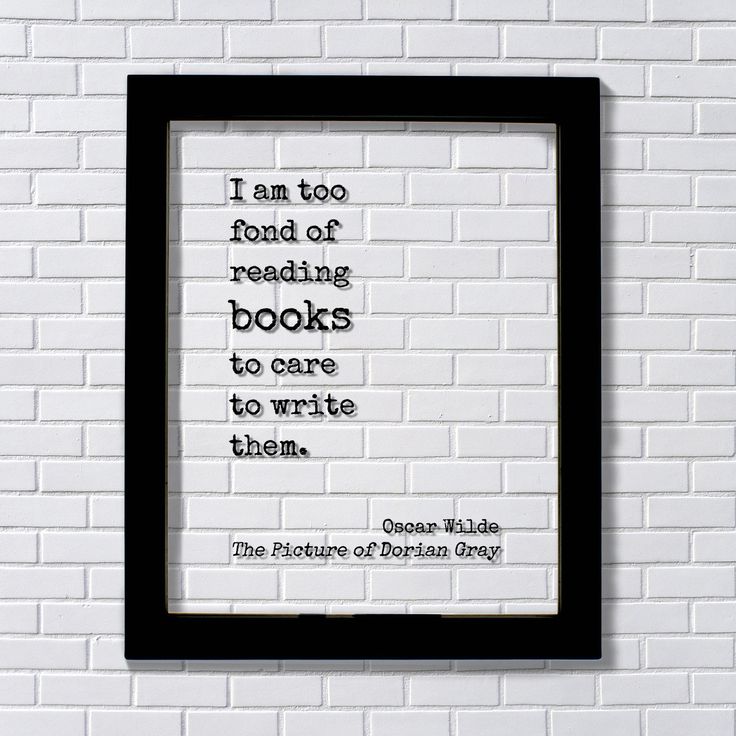
Pre-literacy skills
There are certain pre-literacy skills educators have identified as important in preparing kids for reading instruction. Children can speak their native language, but they may not always recognize the component phonemes that make up English vocabulary.
Silly songs and rhymes can help call their attention to the “Sssss” or “shhh” sounds they’ll need to associate with letters in order to read their first words. They must learn the alphabet of course, but reading books also relies on grasping the concept of narrative.
This is something parents can teach by asking kids to recall actions in the order in which they occurred or simply leading by example and rehearsing the day’s activities with them.
Parents are also encouraged to read to their children because fostering a love of books begins at home. Very young children may not understand what you are reading but they will become familiar with how books work, including distinguishing print from pictures.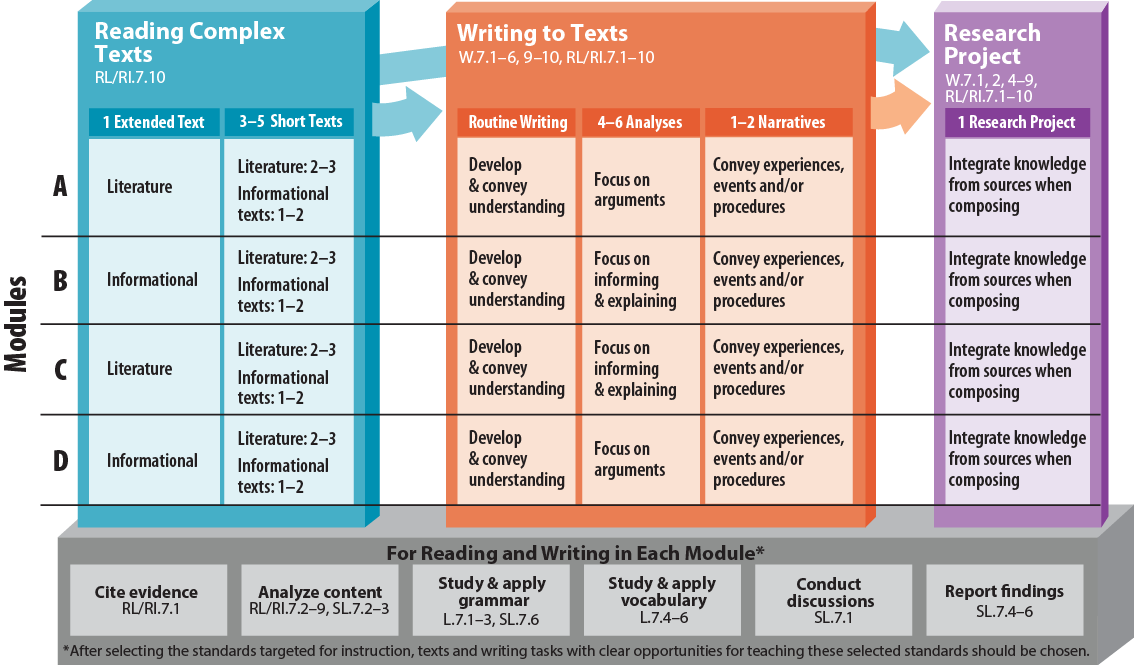
Infants love to imitate adults and turning pages is a great way to practice their fine motor skills and pincer grasp. If reading becomes a routine, they’ll begin to expect fun and entertaining stories. Positive associations forged through ample quality time spent with their parents will help them be more interested in reading books on their own.
How to teach reading
- Phonics
Reading requires bringing together a child’s knowledge of the sound system of his or her native language and the letters and letter combinations that represent different phonemes. For this reason, some phonics instruction is essential.
- Familiar words
Because they are fluent speakers, kids have a base vocabulary to begin with. That’s why learning how to read words they are already familiar with is a good place to start. This might include their own name and other concrete nouns that can be prompted using pictures.
- One word at a time
In the beginning, too much text can be overwhelming for a new reader.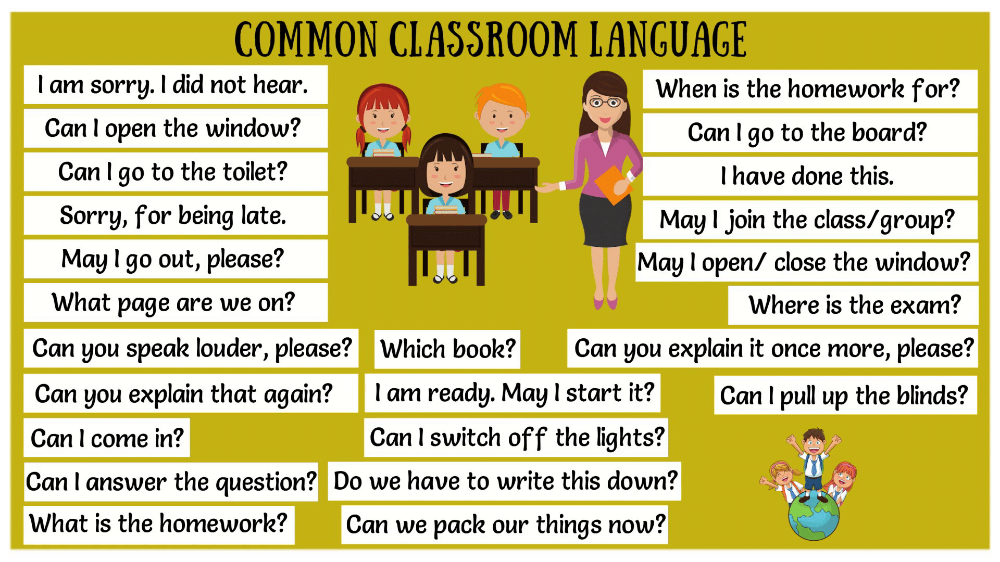 Make sure there are not too many words on a page and start by having them sound out single terms before progressing to phrases and sentences.
Make sure there are not too many words on a page and start by having them sound out single terms before progressing to phrases and sentences.
- Ample exposure and lots of repetition
Reading words that contain the same letters and letter combinations and seeing those words multiple times helps kids practice early reading skills. Did you know that 50-75% of the words in most children’s books come from the Dolch list?
- Illustrations and big print
Images can help a child in the beginning by prompting him or her to recognize the word they are reading. It helps if words are large enough and printed in bold, easy to read font.
- High frequency vocabulary
Memorizing words that are likely to show up in most books for children helps reduce the cognitive load associated with sounding out phrases and simple sentences. Kids can use flashcards and practice spelling at the same time.
- Books they want to read
Children are often more motivated to read if they are interested in the material to begin with.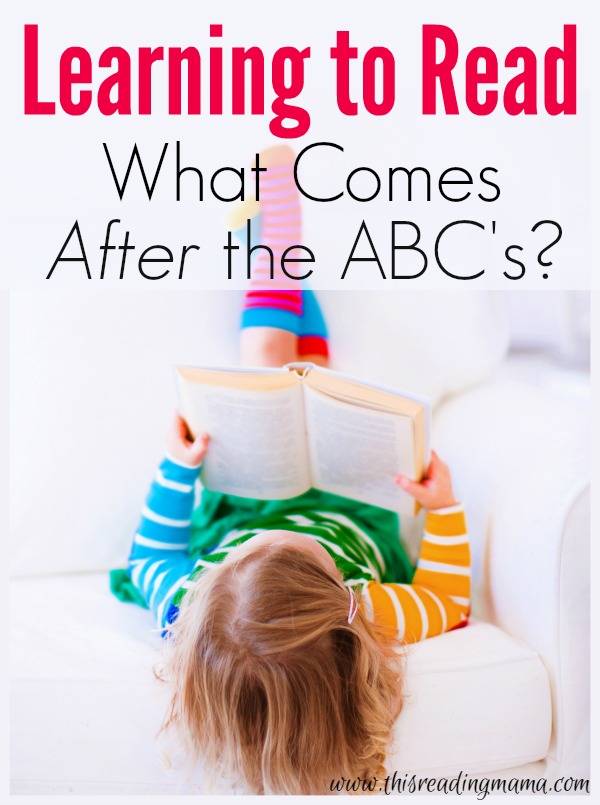 Take kids to the library and let them select the books they want to start with. If the text proves too challenging, at least you have an idea of what topics they are interested in.
Take kids to the library and let them select the books they want to start with. If the text proves too challenging, at least you have an idea of what topics they are interested in.
- Taking on a challenge
Starting with books that are too hard can be discouraging for an early reader. Keep kids motivated by selecting a mix of easy material that is at their level, interspersed with challenging books that are one step beyond. A good way to tell how hard a book is by having the child read a page and lift a finger for every word they don’t recognize. If any page contains more than 5 words the child doesn’t know, save the book for later.
- Graded readers
Many English novels and stories have been adapted for readers of different levels. Check out graded readers and try using several levels in progression to ensure familiar vocabulary and a consistent increase in difficulty.
- Constructs and interaction
It’s a good idea to encourage active vs. passive reading by asking children about what they have read. In the beginning they will be focused on recognizing words but later on they’ll need to get the gist of the text and be able to tell you more about the details too!
passive reading by asking children about what they have read. In the beginning they will be focused on recognizing words but later on they’ll need to get the gist of the text and be able to tell you more about the details too!
Learn more about homeschool reading
Dyslexia and reading ability
Some kids experience difficulty in reading and this may be due to a learning difficulty or difference. One of the most common learning difficulties is dyslexia, a condition in which literacy skills including reading and spelling, are impacted.
While there are many types of dyslexia and no two individuals experience the same symptoms, an inability to hear the phonemes in words is often a root cause of the difficulty. As a result, kids may need to overlearn sound-letter mapping and high frequency vocabulary, and use strategies, such as creating mnemonic devices, to remember spelling.
Read more tips on helping dyslexic children in the classroom.
Slow processing, ADD and ADHD
Kids who struggle with slow processing can have difficulty with the decoding process and with holding all of the details of a text in memory long enough to make meaning. Reducing cognitive load by teaching sight words and providing as much time as a child needs to read a text, can help them develop strong literacy skills.
Reducing cognitive load by teaching sight words and providing as much time as a child needs to read a text, can help them develop strong literacy skills.
Children who struggle with ADD and ADHD can greatly benefit from reduced distraction and a quiet environment in which to learn how to read. Keep them focused on the text and allow them to take frequent breaks and move around before coming back to reading activities.
Patience and time are essential to keep frustration at bay and ensure kids develop positive associations with reading. Learn more about ADHD reading problems.
Typing and reading
One way to help a struggling reader is to teach them typing following a specially designed program such as Touch-type Read and Spell. This is because the early stages involve a graded approach that covers one letter at a time and then progresses to letter combinations, and finally simple vocabulary and sentences.
Learn more
TTRS is multi-sensory and students are asked to type text that is displayed on the screen and read aloud at the same time. This reinforces phonics and involves muscle memory, which can be highly beneficial for kids who have learning difficulties and are struggling with literacy skills.
This reinforces phonics and involves muscle memory, which can be highly beneficial for kids who have learning difficulties and are struggling with literacy skills.
Typing is also a crucial skill for children with dysgraphia and dyspraxia who struggle to write using a pen and paper.
TIP: Did you know kids can learn how to type as early as 6 or 7, when their hands fit comfortably on a keyboard?
As more complex modules are reached, typing programs also positively impact on spelling abilities in addition to enhancing knowledge of high frequency vocabulary and improving writing skills.
The TTRS course provides plenty of positive feedback, something a struggling reader needs in order to develop self-esteem and can be completed at a pace that is just right for each individual learner.
Do you have any tips on teaching reading? Join the discussion in the comments!
How Young Is Too Young to Learn to Read?
The key to lasting success in school is teaching academic skills as soon as a child is ready to learn.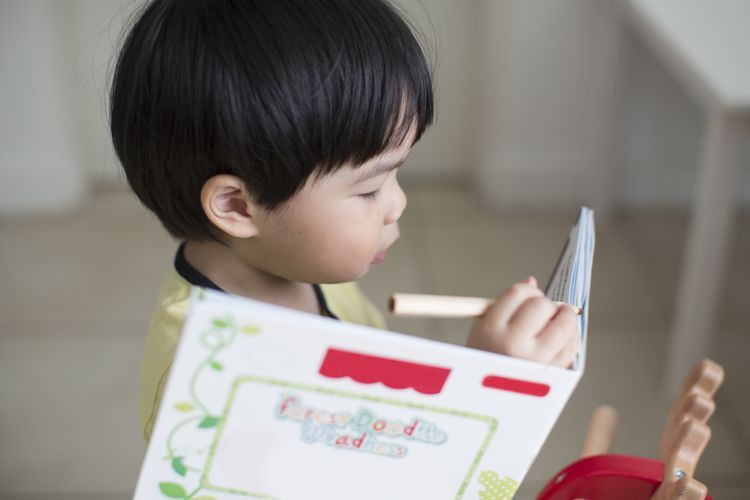 But how do we know when they’re ready? Is it ever too early to instill a love of reading?
But how do we know when they’re ready? Is it ever too early to instill a love of reading?
When Do Children Learn to Read?
While most children begin reading in kindergarten or first grade, learning to read isn’t as simple as picking up a book. Children don’t and learn to decode letters, words, and sentences without help or preparation. In fact, skills that contribute to literacy later on begin developing as soon as a baby is born.
As children learn to communicate and are exposed to written language and books for the first time, they’re already reaching key milestones for reading. The age that children begin to read varies, and can depend on factors as wide ranging as cognitive development and socioeconomic differences.[6]
The PreK and kindergarten years are a critical window of opportunity for teaching kids early reading skills, and any instruction during this period will benefit children. During these years (and even before), parents and teachers can team up to help prevent reading gaps in schools. The more exposure children have to books and pre-reading activities from the start, the better prepared they will be as they learn to read.
The more exposure children have to books and pre-reading activities from the start, the better prepared they will be as they learn to read.
How Language Skills Affect Reading
During infancy and early childhood, children develop language skills that lead to stronger reading abilities later on. Children’s brains develop more quickly between ages zero and five than at any other time. This is when babies and toddlers begin to build their vocabulary and understand the grammar of their native language. By the age of three, most children have mastered the basics of their language and continue to learn about 5,000 new words each year.[1]
Language skills are important because reading skills are built on the foundation of a solid vocabulary. Language and literacy are so tightly connected that, alongside familiarity with books, strengthening one positively affects the other. Children can build key literacy skills and become effective communicators as a direct result of strong language development.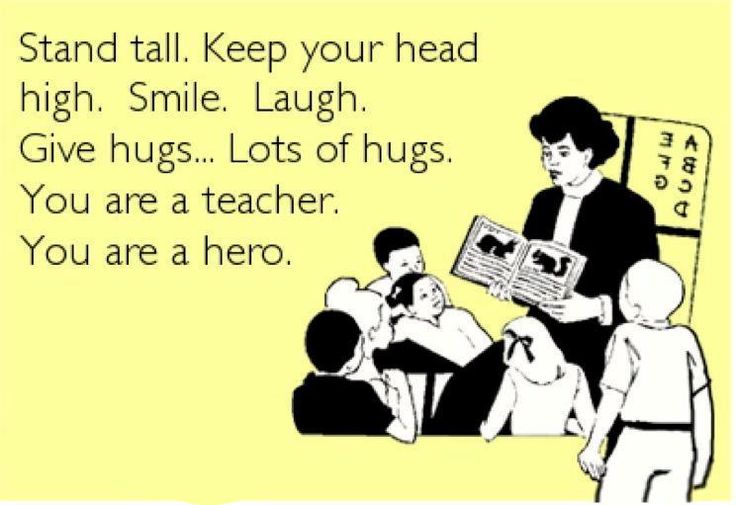
How Family Engagement Affects Reading
Research suggests that children develop strong reading skills when their parents familiarize them with books at home.[2] The most important factor that determines how early a child will begin reading is whether families encourage it. The more engaged families are in their student’s early education, the quicker fluent literacy will develop. Even in infancy, reading to babies in their native language can help them develop a positive relationship with reading at an early age.[3]
For example, children who begin to recognize the alphabet at a young age are more likely to pick up vocabulary words and learn to spell early on.[4] When children are encouraged to love reading from an early age, they’re more likely to enjoy reading and learning new things as they grow up. Helping children create simple daily habits, like reading a book aloud every day, are important to long-term literacy development. Plus, reading aloud can improve brain development during these critical early years. [5]
[5]
Essential Pre-Reading Skills for PreK Children
Pre-reading skills are the building blocks that help young children learn to read. There are many skills that parents and educators can help PreK students develop, such as:[3,6]
- Phonological awareness: the structure of spoken language
- Phonics: the ability to connect sounds and letters
- Fluency: the bridge from word identification to reading
- Comprehension & Vocabulary: reading as a lifelong tool for learning
- Language Concepts: the structure of written language
- Communication: reading, writing, speaking, and listening
The Benefits of Pre-Reading Skills
The benefits of these pre-reading skills extend far beyond a child’s academic achievement. Students who work on these skills before kindergarten often have a stronger sense of curiosity and better listening skills.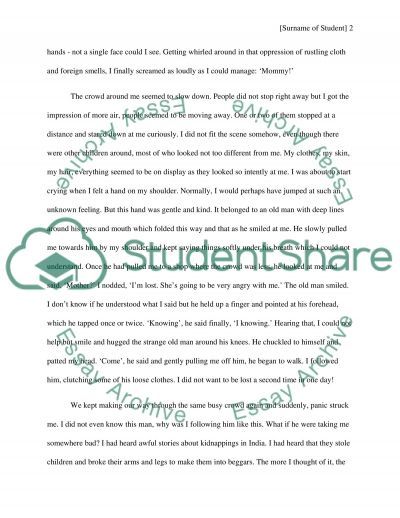 [7] While these traits can lead to student success in school, they can also contribute to better well-being and general quality of life outside of academics.
[7] While these traits can lead to student success in school, they can also contribute to better well-being and general quality of life outside of academics.
While students might learn some parts of these pre-reading skills on their own, others develop best with explicit instruction. Up to 40% of all children do not learn phonemic awareness without guidance from teachers and parents.[8] When children have the opportunity to read books and enjoy literacy activities in a structured learning environment, they are more likely to begin reading once they reach kindergarten.[9]
The benefits of learning pre-reading skills before kindergarten include:
- Higher kindergarten readiness
- Brain development
- Increased curiosity
- An intrinsic love of reading
- Better listening skills
Tips for Teaching Early Reading Skills to PreK Children
Whether you’re a PreK teacher or a parent, you can help children build essential pre-reading skills before they start elementary school. With the right strategies, every child can grow a love for reading.
With the right strategies, every child can grow a love for reading.
Use these five tips to teach literacy skills to children, and you can find even more ideas here.
- Take children to the library regularly to help them develop print recognition. To encourage an early love of reading, let them choose their own books to take home.
- Teach PreK children all 26 letters and letter names. Students are more likely to succeed in elementary school if they know letter names before kindergarten.[10]
- To encourage phonological awareness, point to a letter in a book or on a sign and ask your child to tell you what sound it makes.[8]
- Young children can have short attention spans that make long reading sessions difficult. Instead, try planning short, daily reading activities together. For example, read one or two picture books together or attend a brief PreK library event.[6]
- Ask “big picture questions” while reading aloud to children to promote critical thinking skills.
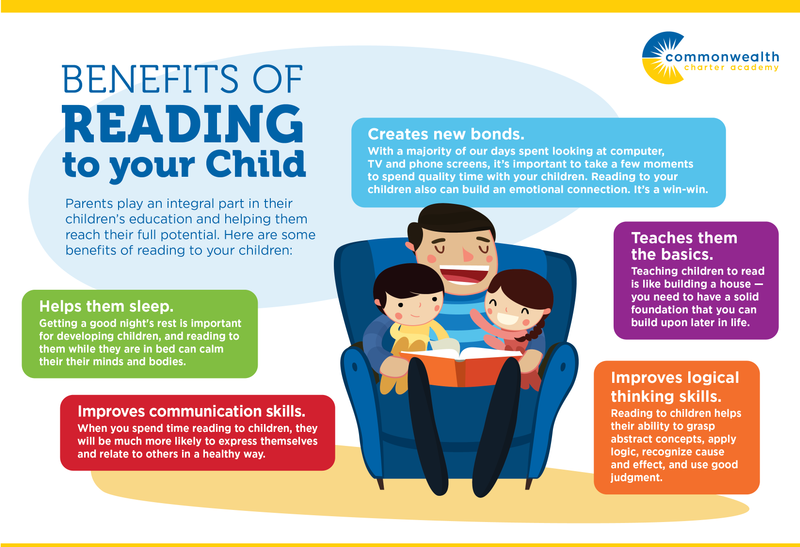 While reading a fairy tale picture book, for example, you could ask, “Why do you think the queen is so mean to Snow White? What would you do if you were her?”[9]
While reading a fairy tale picture book, for example, you could ask, “Why do you think the queen is so mean to Snow White? What would you do if you were her?”[9]
Sources:
- Miller, G.A., and Gildea, P.M. How Children Learn Words. Scientific American, September 1987, 257(3), pp. 94-99.
- Winner, E. Gifted Children. Different Strokes, 2012, pp. 75-81.
- Scholastic Corporation. Early Literacy. Retrieved from scholastic.com: http://teacher.scholastic.com/products/face/pdf/research-compendium/early-literacy.pdf.
- Ehri, L.C. Learning to Read Words: Theory, Findings, and Issues. Scientific Studies of Reading, 2005, 9, pp. 167-88.
- American Association of Pediatrics. Evidence Supporting Early Literacy and Early Learning. Retrieved from aap.org: https://www.aap.org/en-us/literacy/Literacy/For-Professionals/Evidence-Supporting-Early-Literacy-and-Early-Learning/booksbuildconnections_evidencesupportingearlyliteracyandearlylearning.
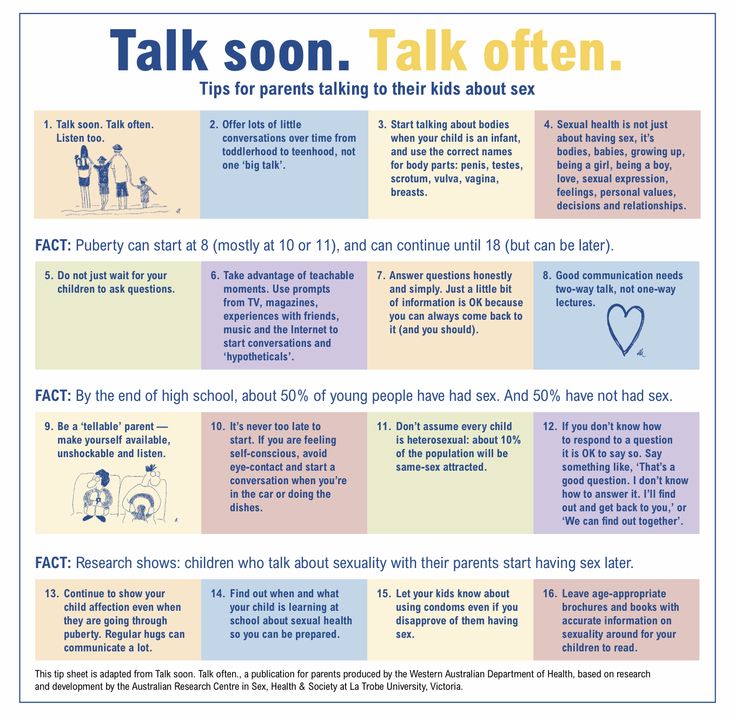 pdf.
pdf. - Rose, J. Independent review of the teaching of early reading. Investor in People Department for Education and Skills, March 2006, pp. 1-240.
- American Academy of Family Physicians. Early Childhood Literacy. Retrieved from aafp.org: https://www.aafp.org/patient-care/social-determinants-of-health/child-literacy.html.
- Grossen, B. 30 Years of Research: What We Now Know About How Children Learn To Read. Center for the Future of Teaching and Learning, 1997, pp. 1-22.
- Bailey, N.M. Teaching Reading Skills. Retrieved from www.canisus.edu: http://www3.canisius.edu/~justice/CSTmodule-final/CSTmodule-final3.html.
- American Academy of Family Physicians. Early Childhood Literacy. Retrieved from aafp.org: https://www.aafp.org/patient-care/social-determinants-of-health/child-literacy.html.
Is it necessary to teach a child to read before school - Kindergarten No. 101
municipal budgetary preschool educational institution "Kindergarten No.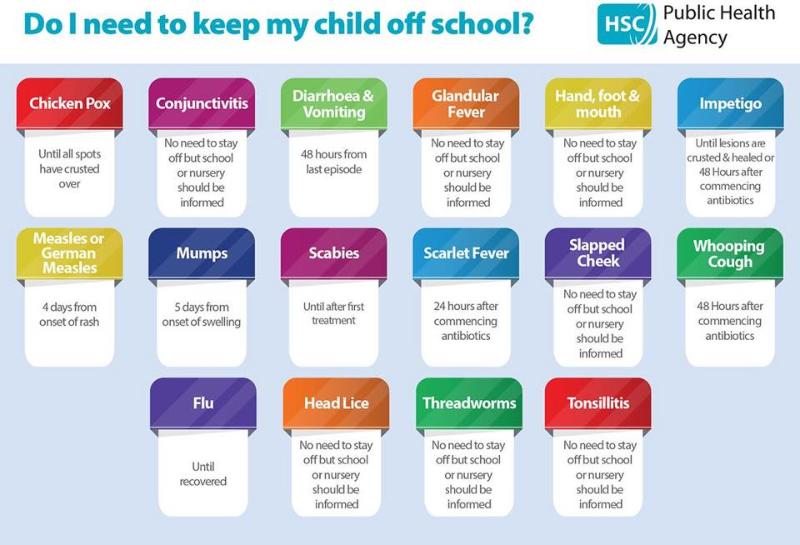 101"
101"
Teacher V. I. Lysenko
Dear parents! You are your child's first and most important teacher. His first school, your home, will have a huge impact on what he considers important in life, on the formation of his value system. No matter how long we live, we still constantly return to the experience of childhood - to life in the family.
Until recently, parents thought that children learned to read at school. Today, thanks to the research of educators and psychologists J. Piaget, B. Bloom, E. Erickson, we know that the child receives the stock of knowledge that is necessary in order to learn to read before school.
Parents often ask if their child should be taught to read and write before school? There are different opinions on this matter. Many parents have a strong idea that if a child comes to school knowing how to read well, then school will be boring and uninteresting for him. In such families, the natural curiosity of the child is deliberately inhibited, believing that he will be taught everything at school.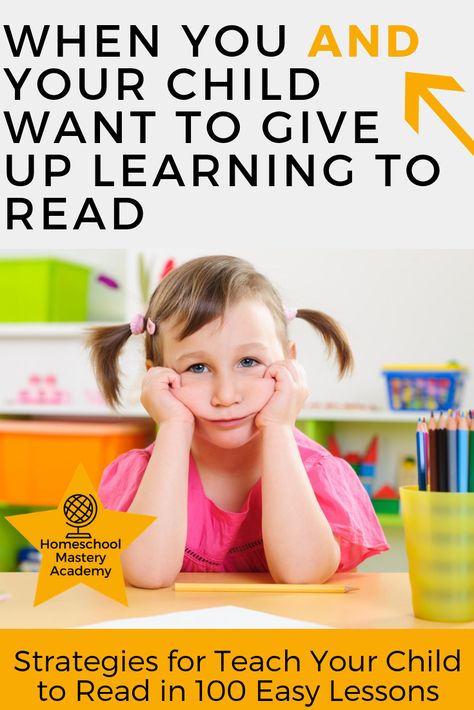 There is a completely different position - the child must be given in advance all the knowledge that he should receive in the 1st grade. And, armed with the school “Primer” or “ABC”, parents begin to intensively teach the child to read. As a rule, this leads to a persistent unwillingness of the child to study. Under any pretext, a small student tries to evade reading. So what to do? If you have the time, are ready to play different sound and word games with your child, if you know how to enjoy all this and want to teach your baby to also enjoy activities, from the need to think, to overcome difficulties - start teaching him to read. This will make his future school life easier and save him from many problems. In addition, psychologists say that 5 years is the most sensitive age for learning to read. But, before starting to read, the child must learn to hear what sounds the word he pronounces consists of. How to teach to read? Many parents want to teach their children to read. Currently, there are many different recommendations and manuals.
There is a completely different position - the child must be given in advance all the knowledge that he should receive in the 1st grade. And, armed with the school “Primer” or “ABC”, parents begin to intensively teach the child to read. As a rule, this leads to a persistent unwillingness of the child to study. Under any pretext, a small student tries to evade reading. So what to do? If you have the time, are ready to play different sound and word games with your child, if you know how to enjoy all this and want to teach your baby to also enjoy activities, from the need to think, to overcome difficulties - start teaching him to read. This will make his future school life easier and save him from many problems. In addition, psychologists say that 5 years is the most sensitive age for learning to read. But, before starting to read, the child must learn to hear what sounds the word he pronounces consists of. How to teach to read? Many parents want to teach their children to read. Currently, there are many different recommendations and manuals. However, the result of teaching reading depends not only on the chosen system, but also on who teaches and under what conditions. The main thing is the child himself, his level of preparation for learning. And the level can be different:
However, the result of teaching reading depends not only on the chosen system, but also on who teaches and under what conditions. The main thing is the child himself, his level of preparation for learning. And the level can be different:
- does not know letters,
- knows letters,
- reads by syllables.
Looking closely at the child, you can catch the right moment of his interest in reading. And it does not depend on age at all. It may even be earlier than 5 years. However, one should not wait long for the manifestation of interest in reading. It can be called up in many ways: beautiful books, pictures, bright letters, expressive reading, watching special TV shows, games, toys. Any action that is interesting for a child can be connected, connected with letters, with reading. It's important to do it on time. It has long been known that the later a child is taught to read, the more difficult it is for him. It has been noticed that it is easier to start introducing reading when the child learns to speak, when he simultaneously hears and sees what he himself or others say.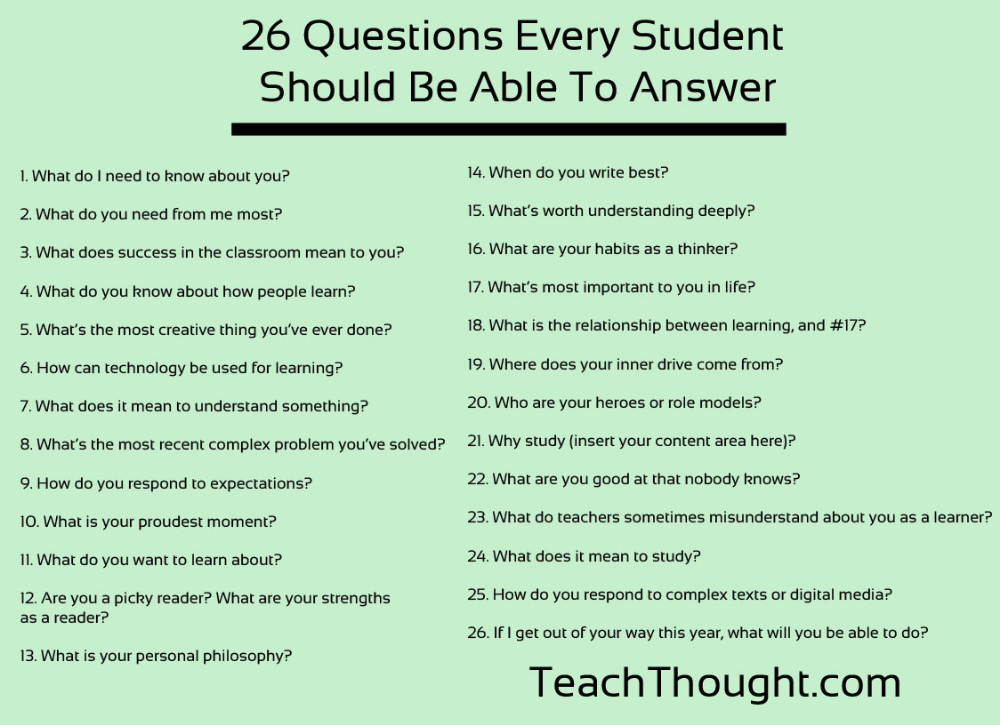 Today, many parents undertake to teach reading on their own. It is believed that it is quite possible to teach a child what you yourself are good at. It's not always justified. It is also necessary to interest, and clearly explain, patiently repeat many times, and at the same time not impose.
Today, many parents undertake to teach reading on their own. It is believed that it is quite possible to teach a child what you yourself are good at. It's not always justified. It is also necessary to interest, and clearly explain, patiently repeat many times, and at the same time not impose.
For more than 4 years, our preschool has been providing additional services to teach children to read in the Chitayka circle for children of 5 years of age. The methodology of A. N. Zaitsev, which we use, showed that reading in “warehouses” (the term of the methodology) speeds up the learning process. After 2-3 months, children master reading by syllable.
Acquaintance with each "mistress" of sound helps children expand their vocabulary, develop phonemic hearing. The “mistresses” of sounds are included in word games, tongue-twisters, sayings, which makes it possible to comprehend reading. At the request of parents, consultations and open classes are held. They can always see the results of reading in their children and rejoice at their success.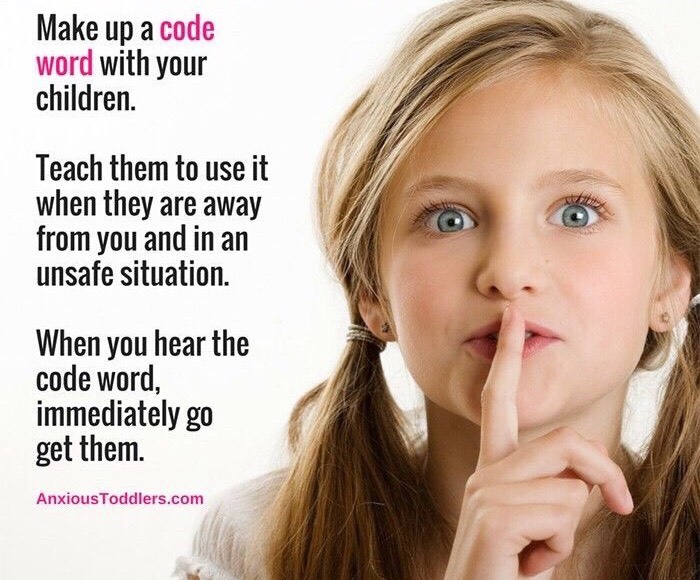
Why teach a child to read at the age of three?
How to get through hard times: daily advice Psy
“I'm expecting an African child. He left me, my parents insist on an abortion”
You have become a victim of the “dark forest syndrome”: 6 symptoms Natural development - you planted a seed in the ground and patiently water it, and fertilize the ground. A sprout appears, it stretches, the leaves unfold. You keep watering and fertilizing it, that's all. "Early development" - you plant a seed, impatiently water, throw fertilizer, constantly add expensive supplements. Finally, a sprout appears - and you grab onto it and let's pull: “Grow! Faster, I say, grow! Stretch!"
Why teach a child to read at the age of three, for example, using the “Zaitsev cubes” method? Not even so: why does the child himself need to read at 3-4-5 years old? The answer is he doesn't need it. He wants to run, explore the world, climb somewhere, draw, yell, turn the apartment upside down. This is what develops the intellect, since in children the physical development directly affects the intellectual. But not vice versa! The pool promotes the development of the child much better than any super-early super-methods for the development of super-intelligence. Or geography lessons at age five.
This is what develops the intellect, since in children the physical development directly affects the intellectual. But not vice versa! The pool promotes the development of the child much better than any super-early super-methods for the development of super-intelligence. Or geography lessons at age five.
On the other hand, “early development” perfectly develops the vanity of parents. In fact, this is its main function. “We already know all the letters and read them by syllables!” - the mother of a four-year-old child, tortured by many developmental programs and activities, will proudly say on the playground. The industry of “advanced techniques” is built on vanity, promising genius in three years. “No, we all have time, and he / she likes it all very much!” - say offended in the best feelings of the parents. I doubt. Parents really want the child to really like, in addition to the kindergarten, to attend sections of dancing, drawing, modeling, English (!) And swimming, plus music separately.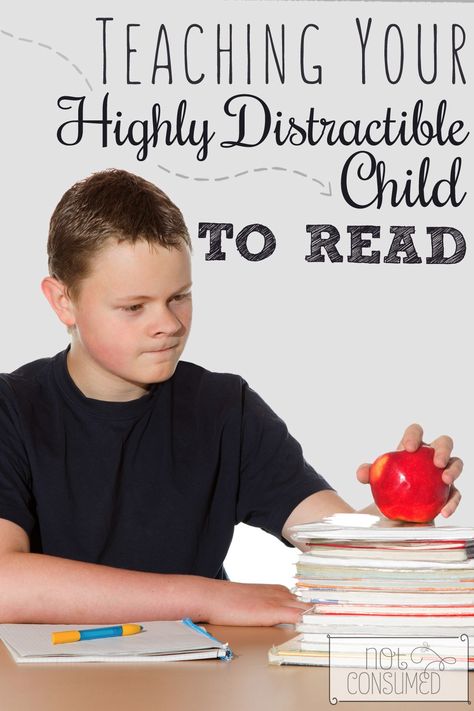 And they will ignore the signs of overwork of the child, and then there will be surprise: “Why does he not like anything? He walked with such a desire! It was so interesting!” (One clarification can be added: “I had so much fun there!” This is the second function of the “schools of early development” - to occupy the time of parents, entertain them and make them feel that they are doing something important and valuable.)
And they will ignore the signs of overwork of the child, and then there will be surprise: “Why does he not like anything? He walked with such a desire! It was so interesting!” (One clarification can be added: “I had so much fun there!” This is the second function of the “schools of early development” - to occupy the time of parents, entertain them and make them feel that they are doing something important and valuable.)
My eldest daughter, Marina, goes to a music school, she sings and plays the flute. She went there because she just loves to sing at home. My wife and I decided this: Mariska will walk as long as she likes it. I have no ambition to raise a great star out of my daughter (the problem is that some teachers may have this ambition...) Therefore, I ask her every week: “Well, shall we go to a music school?” And if it sounds stable: “I don’t want to, I’m tired, I don’t like it there” - we will close the issue with the school. And no "through I can not."
A month ago, the head teacher of the school where my eldest daughter attends the preparatory group approached me: “Your Marina sings so wonderfully! Come here .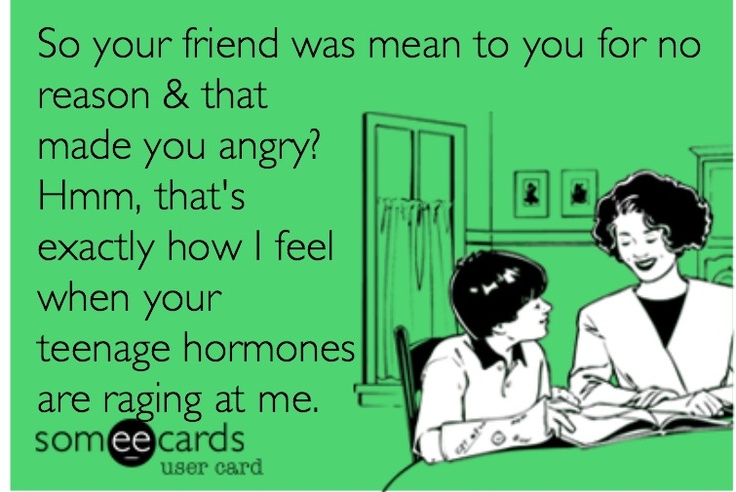 .. - we have a school ensemble. I say: "Marishka goes to the music school with us." "Yes? Well, let him be in the ensemble.” "Not. I don’t want to overwork my daughter,” I didn’t say that I didn’t want to overload myself for the sake of my daughter’s imagined triumphant successes in the future either. “Well, many of us go like this - they managed to go to a music school, and to a kindergarten, and to a preparatory group, and also to our ensemble and to the pool!” My words about the overload obviously did not find a response.
.. - we have a school ensemble. I say: "Marishka goes to the music school with us." "Yes? Well, let him be in the ensemble.” "Not. I don’t want to overwork my daughter,” I didn’t say that I didn’t want to overload myself for the sake of my daughter’s imagined triumphant successes in the future either. “Well, many of us go like this - they managed to go to a music school, and to a kindergarten, and to a preparatory group, and also to our ensemble and to the pool!” My words about the overload obviously did not find a response.
This is understandable. A competitive society that has put success as the basis of its ideology ceases to see a living person and begins to look at him through a prism in which there are only two sides: my success is my failure. And a child is one of the tools for creating a sense of "success" in oneself. And all the juices must be squeezed out of the child: in order to create the illusion of a “good and successful parent”. But what about the child? If he himself reaches for something - good.



